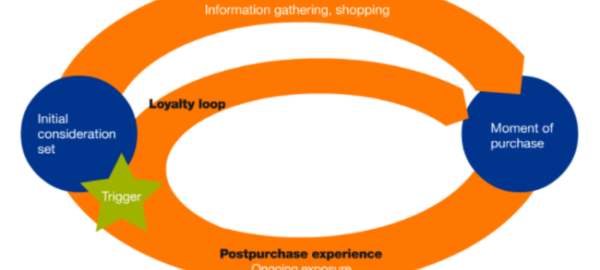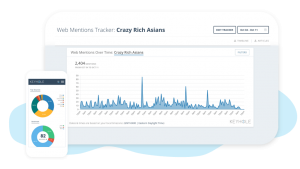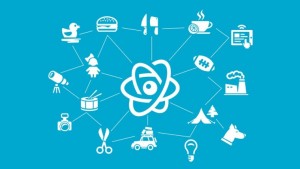— July 12, 2017
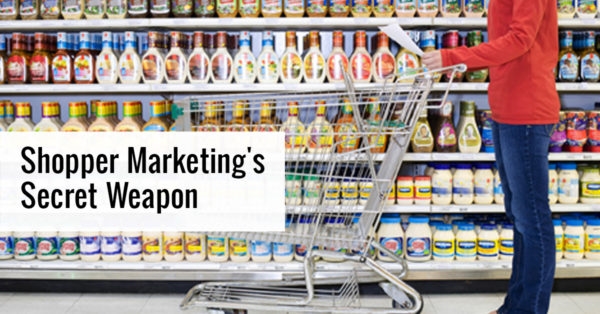
By now we all know that traditional marketing channels have seen better days and that the consumer decision process is beginning online. But even the digital landscape as we know it is shifting.
Let’s take the millennial generation, for example. They’re not just sick of online ads, they’re avoiding them altogether: 84% of millennials admit to blocking or skipping ads all or some of the time. This is a population that is comprised of roughly 83 million and is expected to spend more than $ 200 billion annually starting in 2017($ 10 trillion in their lifetimes), so it’s vital to figure out how to effectively market to them.
Buyers are more educated than ever before, and as a result, your shopper marketing strategy needs to be as well. As more prospect interactions occur online, and as more social media gets incorporated into overall marketing strategies, the actual time for sales engagement has shortened. By utilizing social media platforms, you can help to fulfill the touch points of your consumers’ path to purchase.
Need more proof? Take a look at the McKinsey Loop below. Over the years the traditional purchase funnel has become more of a circular journey as consumers have begun gathering information online more and more.
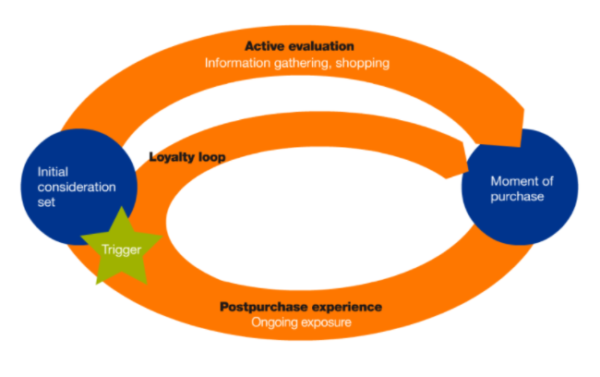
Here are 5 ways social media can be the secret weapon in your shopper marketing strategy.
- Awareness and Consideration – Through the power of social media, one post has the ability to reach thousands at once. Not only is reach important, so is targeting. A platform like Facebook gives you the ability to do just that by filtering who you reach by demographic and location, and catering the information you share to a specific and relevant target market.
- Information Gathering and Evaluation – According to MineWhat.com, “81% of shoppers conduct online research before buying”. Make sure you’re creating educational content and robust content marketing strategies for shoppers to find and use as part of of their path to purchase.
- Purchase – For this phase, consider influencer marketing. By combining your brand with the right storyteller, you can generate greater brand awareness, strengthen connections with consumers, and increase online sales.
- Post-purchase– The last thing you want is for your consumer to experience buyer’s remorse. It’s important to help consumers feel good about their purchase by giving them tips and tricks to get the most out of it. You can also invite them to share their purchase over social channels to drum up some excitement.
- Loyalty – Offer consumers a way to reach out in case they have any questions or issues. These requests should be responded to in a timely and helpful manner. Promotions for a future purchase should also be shared at this phase as part of the overall loyalty campaign.
Digital & Social Articles on Business 2 Community
(76)
